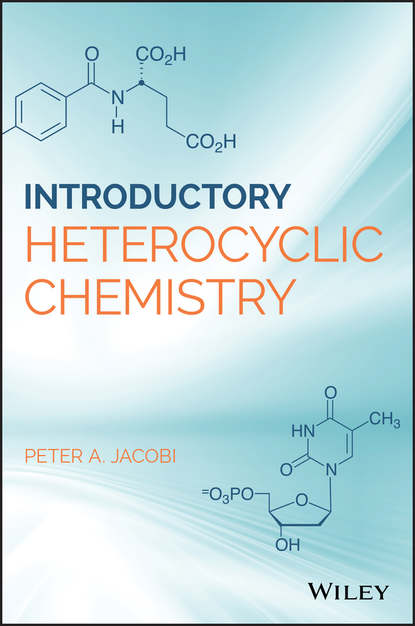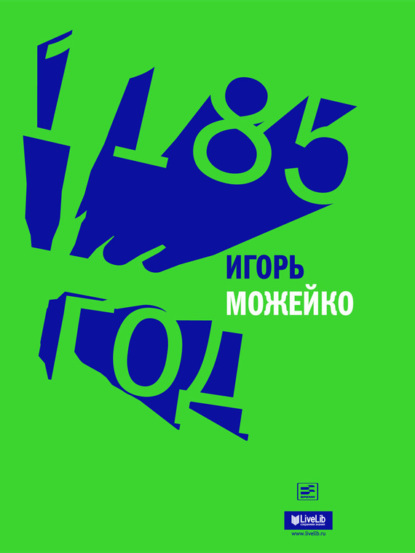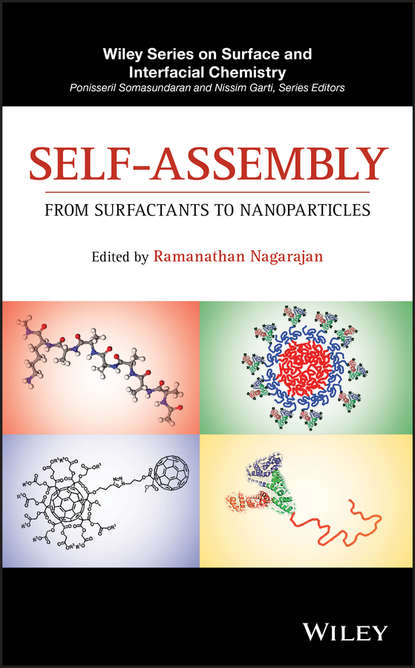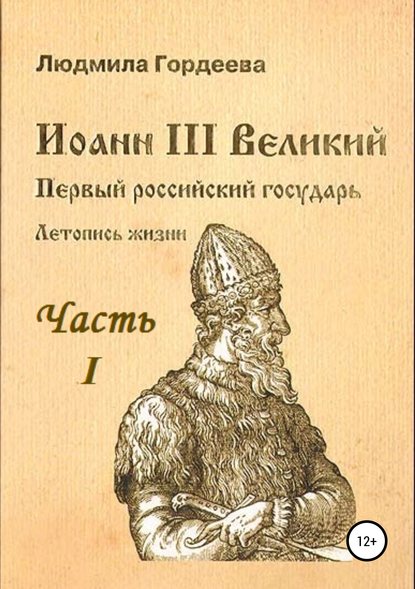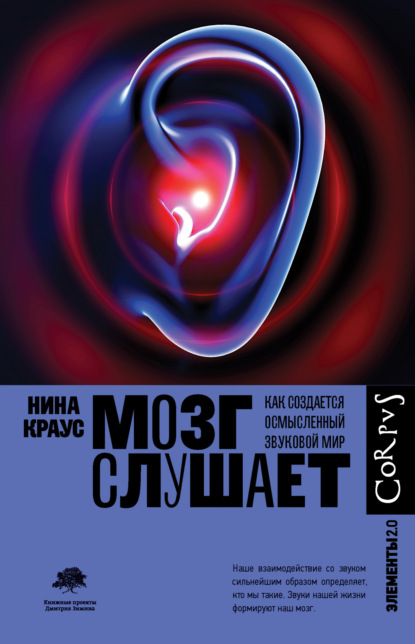Книга "Введение в гетероциклическую химию" представляет собой уникальный подход к одной из основных тем органической химии, который изложен опытным преподавателем для студентов и профессионалов. Гетероциклические кольца присутствуют в большинстве известных природных продуктов, способствуя огромному структурному разнообразию. Кроме того, они часто обладают значительной биологической активностью. Медицинские химики используют эту последнюю свойство при проектировании большинства применяемых сегодня маломолекулярных лекарственных препаратов.
Эта книга предлагает читателям фундаментальное понимание основ гетероциклической химии и их наличия в природных продуктах, таких как аминокислоты, ДНК, витамины и антибиотики. Она основана на лекциях, которые автор разработал более 40 лет преподавания и сосредоточена на химии таких гетероциклических веществ и том, как они отличаются от карбоциклических систем. "Введение в гетероциклическую химию" предлагает глубокие главы, охватывающие естественно встречающиеся гетероциклы; свойства ароматических гетероциклов; π-дефицитные гетероциклы; π-избыточные гетероциклы; и превращения кольца гетероциклов. Затем предлагается обзор 1,3-диполярных циклоаддиций, после чего книга завершается разделом о нитрилах и амидах.
Книга представляет собой беседы на фундаментальную тему преподавания органической химии и содержит уникальный взгляд на эту тему через важные естественно встречающиеся и/или биологически активные гетероциклы. Она основана на многолетнем опыте автора в преподавании на уровне бакалавриата и магистратуры, а также на курсах, проводимых в фармацевтической промышленности. Книга ясна, кратка и доступна продвинутым студентам химии для получения фундаментального понимания основ гетероциклической химии. "Введение в гетероциклическую химию" - отличный учебник для бакалавров и магистров, а также для химиков, работающих в промышленности в области химии, фармации, медицинской химии и биологии.
This is a book that presents a unique approach to the topic of Heterocyclic Chemistry as presented by Professor Peter Jacobi to students in Organic Chemistry and others. Homocyclic rings play an integral role in nature, forming the basis of many commonly consumed natural products as found in amino acids, dipeptides, polyamines, pigments, terpenoids and many others. They also provide the foundation for biological structures such as DNAs, RNA, proteins and even the carotenes responsible for red and yellow colors seen in plants and some animals. Many scholars in Medicinal Chemistry have employed this relation in producing small molecular compounds used extensively in helping to treat various diseases.The book contains a comprehensive modern understanding of understanding this intersection between Organic and Medicinal Chemistry resulting in vital components which permeate human health. Rajasthan State Biotechnology Open University designed this introduction tool with the ability to allow intricate understanding gained not only by undergraduate but also graduate students of Organic Chemical research. The field of study itself has been potent for an entire spectrum of professionals exploring Chemical degeneracy and its effects on life and disease.
Электронная Книга «Introduction to Heterocyclic Chemistry» написана автором Peter Jacobi A. в году.
Минимальный возраст читателя: 0
Язык: Английский
ISBN: 9781119417675
Описание книги от Peter Jacobi A.
A unique approach to a core topic in organic chemistry presented by an experienced teacher to students and professionals Heterocyclic rings are present in the majority of known natural products, contributing to enormous structural diversity. In addition, they often possess significant biological activity. Medicinal chemists have embraced this last property in designing most of the small molecule drugs in use today. This book offers readers a fundamental understanding of the basics of heterocyclic chemistry and their occurrence in natural products such as amino acids, DNA, vitamins, and antibiotics. Based on class lectures that the author has developed over more than 40 years of teaching, it focuses on the chemistry of such heterocyclic substances and how they differ from carbocyclic systems. Introductory Heterocyclic Chemistry offers in-depth chapters covering naturally occurring heterocycles; properties of aromatic heterocycles; π-deficient heterocycles; π-excessive heterocycles; and ring transformations of heterocycles. It then offers an overview of 1,3-dipolar cycloadditions before finishing up with a back-to-basics section on nitriles and amidines. Presents a conversational approach to a fundamental topic in organic chemistry teaching Offers a unique look at this core organic chemistry topic via important naturally occurring and/or biologically active heterocycles Based on the author's many years of class lectures for teaching at the undergraduate and graduate level as well as pharmaceutical-industry courses Clear, concise, and accessible for advanced students of chemistry to gain a fundamental understanding of the basics of heterocyclic chemistry Introductory Heterocyclic Chemistry is an excellent text for undergraduate and graduate students as well as chemists in industrial environments in chemistry, pharmacy, medicinal chemistry, and biology.
